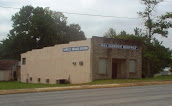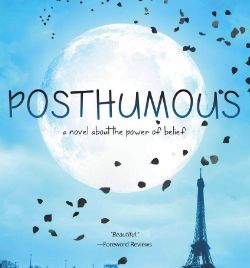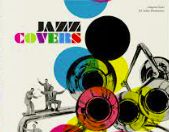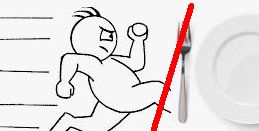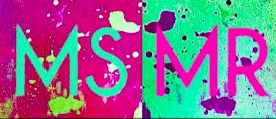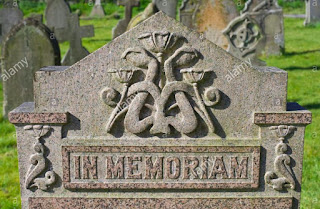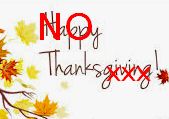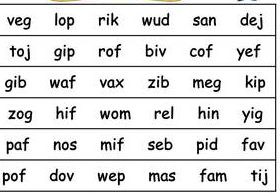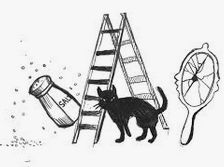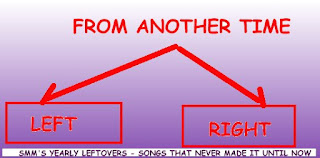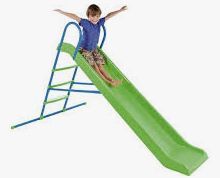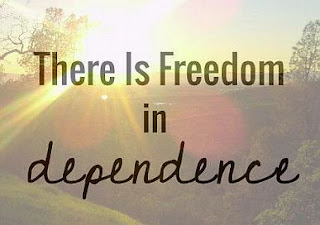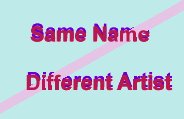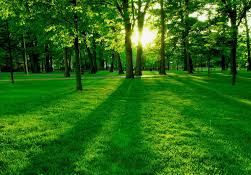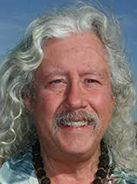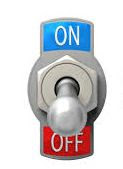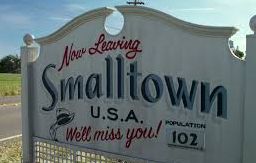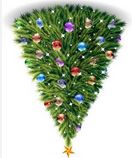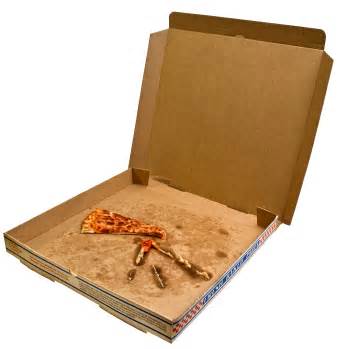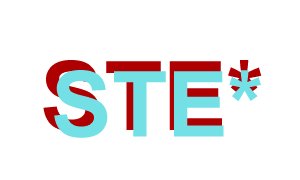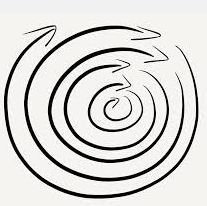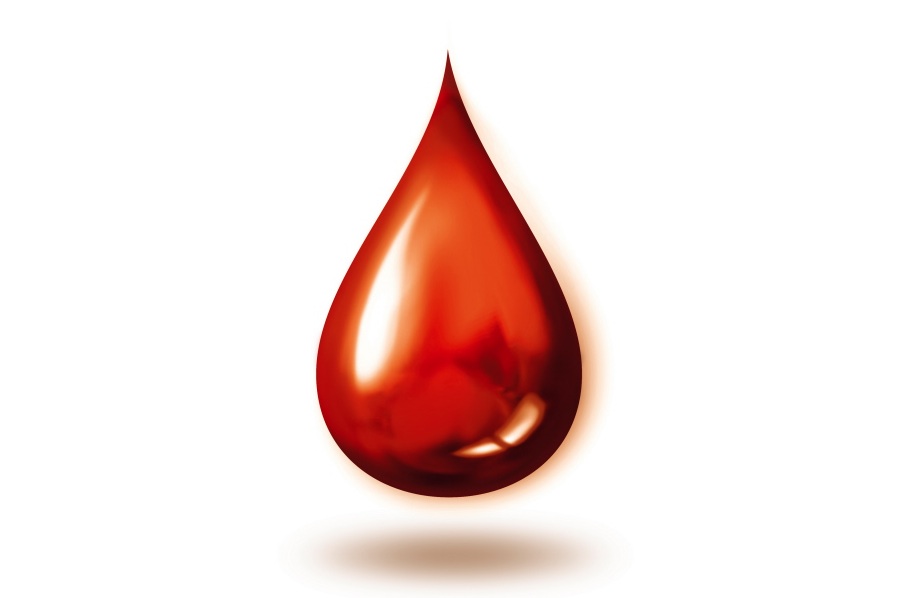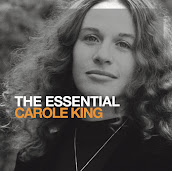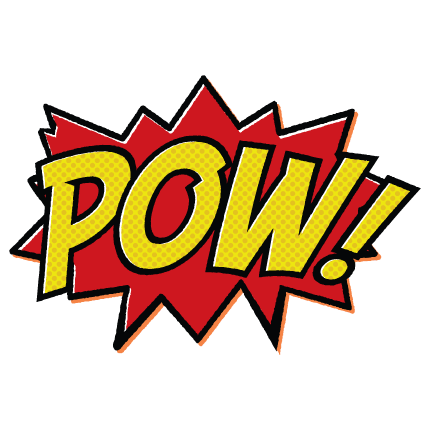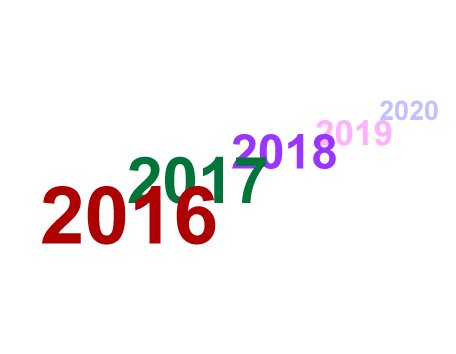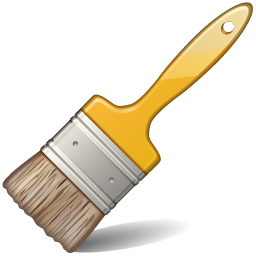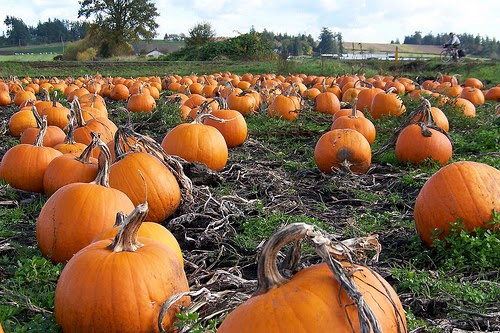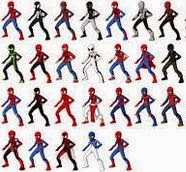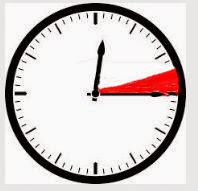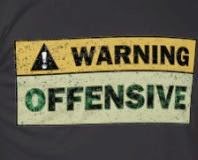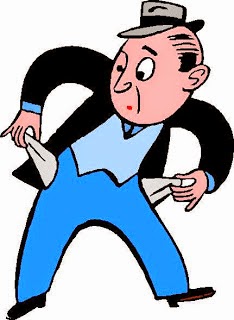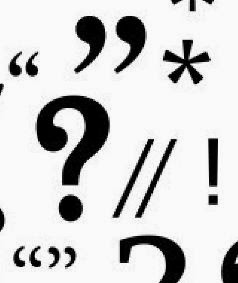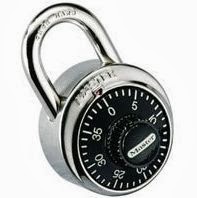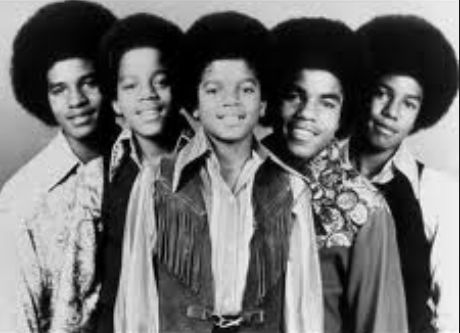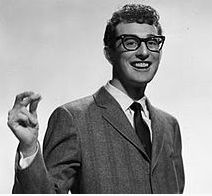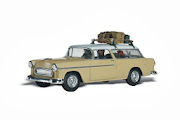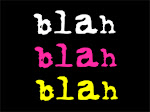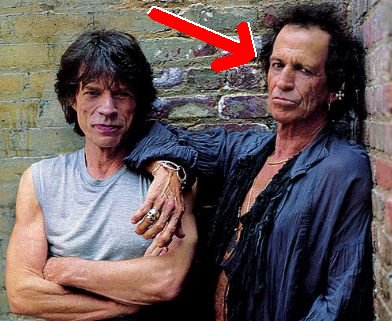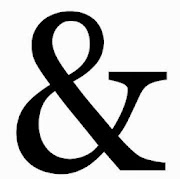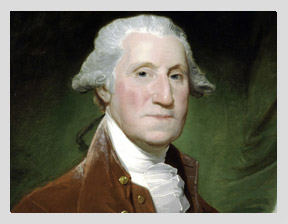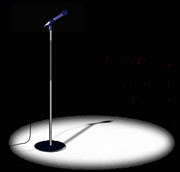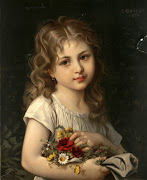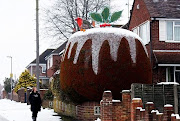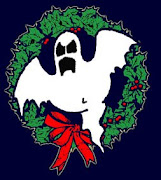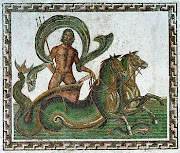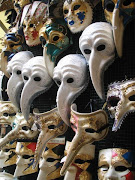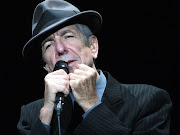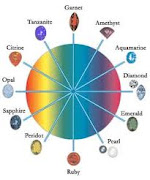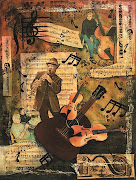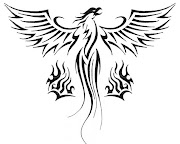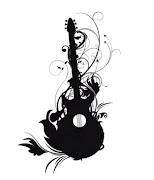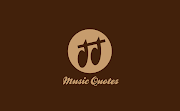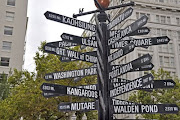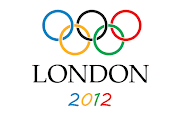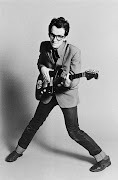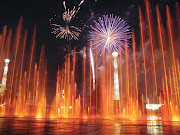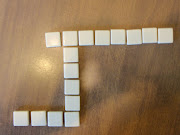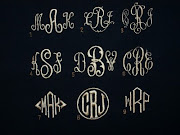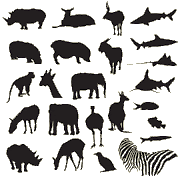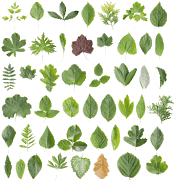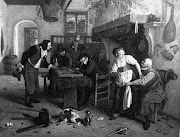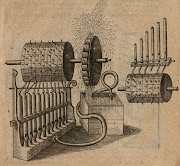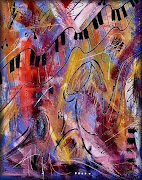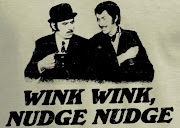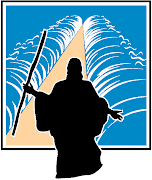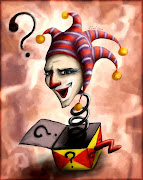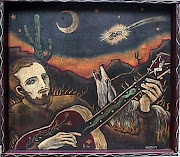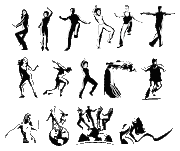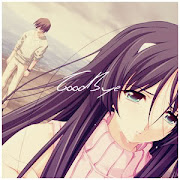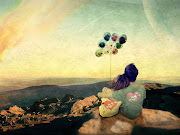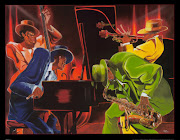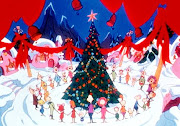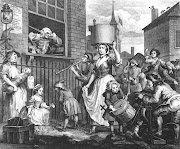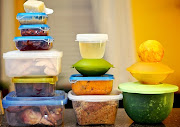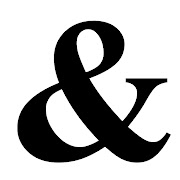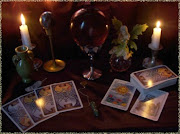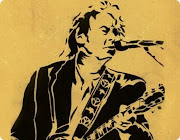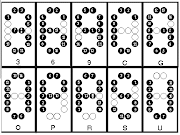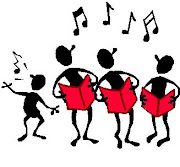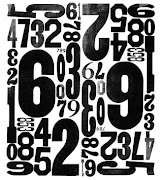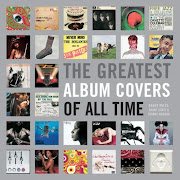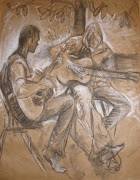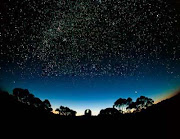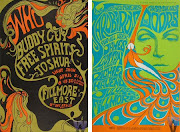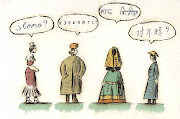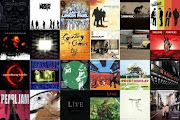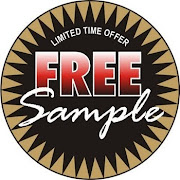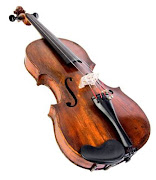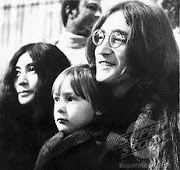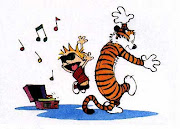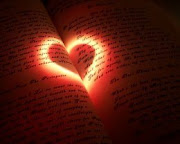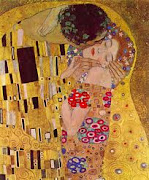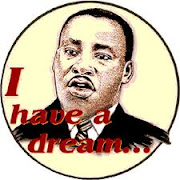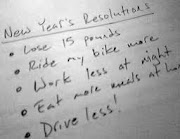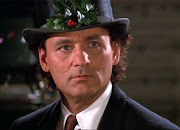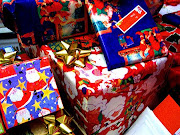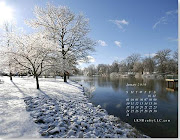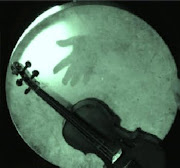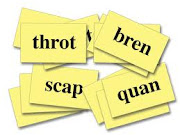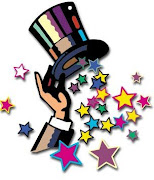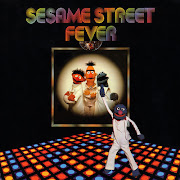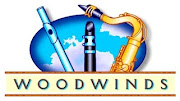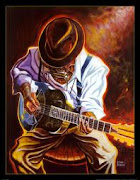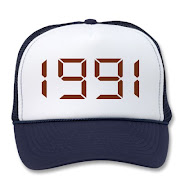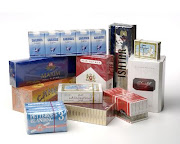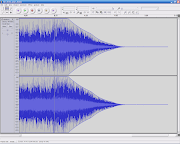Jay Unger and Molly Mason: Ashokan Farewell
[purchase]
Still on the Hill: Round Barn
[purchase]
It's a Beautiful Day: White Bird
[purchase]
GrooveLily: Gotham City Breakdown
[purchase]
Whether Cajun, country, jazz, classical or rock, the fiddle/violin is my favorite instrument in the world - I should have posted a song a day for this right-up-my-musical alley theme, but I started a new job in an accounting firm two months ago... and we are heavily immersed in tax season!
However, the IRS deadline is April 18 this year and I am beginning to see the proverbial end-of-the-tunnel light - a vision of my newfound freedom has prompted me to share this quartet of favorites:
~ Jay and Molly's signature tune of loss and longing was showcased in Ken Burns' The Civil War - it brings me to tears each and every time I hear it...
~ Still on the Hill went from a foursome to a duo, but Donna's fiddle (and broad smile and bare feet) remains a constant - her joy of playing is only matched by those listening and watching...
~ It's a Beautiful Day will always remind me of my high school years - the soaring violin solo is part-escape/part-climax...
~ I had the sincere pleasure of hosting GrooveLily in a house concert in November 2001 - Valerie's Viper is going strong, composing for musical theater these days...
P.S. My graphic is a gorgeous quilted piece made by my friend Elizabeth Crisfield, who is quite a fine fiddler in her own right!
Saturday, April 16, 2011
Fiddle and Violins: Stringed Quartet
Posted by Susan at 11:59 PM View Comments
Labels: Fiddle and Violins, GrooveLily, It's a Beautiful Day, Jay Ungar and Molly Mason, Still on the Hill
Fiddle and Violins: Red Wing
Johnny Gimble: Red Wing
[purchase]
Speaking of obvious choices, no survey of fiddle music would be complete in my mind without some western swing. And the only choice to represent the genre has to be Johnny Gimble. Gimble was born in 1926 and played with Bob Wills in his peak years, but Gimble was still there to join western swing revivalists Asleep at the Wheel about fifty years later, and he still sounded great. Amazingly, he still does. Gimble’s most recent album came out just last year, and it was fine. Red Wing may sound familiar to some readers, even if you don’t know the title. Somewhere, it acquired a set of lyrics, and became Union Maid.
Posted by Darius at 11:40 PM View Comments
Labels: Fiddle and Violins, Johnny Gimble
Fiddle and Violins: Orange Blossom Special
Vassar Clements & the Nitty Gritty Dirt Band: Orange Blossom Special
[purchase]
I've danced around not posting any obvious songs this week, but heck with it. If we can't post Vassar Clements on fiddle week, then what can be said for us? And Orange Blossom Special is known as the fiddle player's national anthem, so it's a natural fit.
Will the Circle Be Unbroken was the first bluegrass album I'd ever heard, and it came courtesy of two of my college freshman roommates at the University of Michigan. Robyn played violin, but we made her play fiddle; Meryl played banjo, and me, well, I played guitar. What we lacked in talent we made up for in enthusiasm. Robyn especially liked to play this spirited song from her album at full volume at 7 in the morning after our other hallmates kept us awake until 2 am. (She liked to alternate this with Gregorian chants).
It might be easier to list musicians that Vassar Clements didn't play with over his long career, but here's a quick list of some of those he accompanied: Bill Monroe, John Hartford, Norman Blake, Earl Scruggs, the Grateful Dead, Jimmy Buffett, David Grisman, Dicky Betts, Paul McCartney, Stephane Grapelli, Woody Herman, and Linda Ronstadt. He was an early innovator in what's now called newgrass.
This album, both innovative and well-received in 1972, brought together many traditional bluegrass and country-western artists with the country rock group, the Nitty Gritty Dirt Band. It also introduced Clements to a broader audience, including Robyn, Meryl, me, and those hapless hallmates at U of M.
Posted by Geoviki at 5:44 PM View Comments
Labels: Fiddle and Violins, Nitty Gritty Dirt Band, Vassar Clements
Friday, April 15, 2011
Fiddle and Violins: Eck Robertson and Fiddlin' John Carson

FIRST EVER COUNTRY RECORD:
Eck Robertson: Sally Gooden
[purchase]
FIRST EVER COUNTRY HIT:
Fiddlin' John Carson: Little Old Cabin In The Lane
[purchase]
The first-ever country record was recorded on 30 June 1922 (or possibly on July 1) – not in a random southern location, but in New York City, at the Victor Talking Machine Company on West 38th Street – and it was a fiddle number.
Over two days, the 35-year old Texan fiddler Eck Robertson put on record several tracks, accompanied on some by Henry C Gilliland, a 70-year old Civil War veteran wearing an old Confederate uniform. Robertson had been performing with his wife since 1906. At a gig in Richmond (though they probably didn’t call public performances “gigs” then) he met Gilliland, and both were urged by a lawyer with connection to Victor to go to New York and audition for the label, one of the biggest even then (it would go on to become RCA Victor).
Victor, which later became RCA Victor, had been decidedly mainstream. It had been Enrico Caruso’s label. But as the 1920s dawned, sales were dropping, so fiddlers like Robertson promised to serve the ethnic (read rural and/or black) niche markets. After a few months, Victor chose to release Robertson’s signature song, Sally Gooden. It made no impact whatsoever, nor did the fiddler’s four follow-up releases. The first country hit came soon after, and it was recorded in the South. In March 1922, an Atlanta radio station, WSB, invited local fiddlers and other folk string musicians – pickers – to perform in its studio. The experiment proved popular, and the star performer was Fiddlin’ John Carson, then already 44. He was heard by a visiting A&R man, Ralph Peer, who three years earlier had released one of the first blues records, Mamie Smith’s Crazy Blues. Peer, a key person in the development of country music, signed up Carson for the Okeh label.
The first country hit came soon after, and it was recorded in the South. In March 1922, an Atlanta radio station, WSB, invited local fiddlers and other folk string musicians – pickers – to perform in its studio. The experiment proved popular, and the star performer was Fiddlin’ John Carson, then already 44. He was heard by a visiting A&R man, Ralph Peer, who three years earlier had released one of the first blues records, Mamie Smith’s Crazy Blues. Peer, a key person in the development of country music, signed up Carson for the Okeh label.
On 14 June 1923, in a make-shift studio on Atlanta’s Nassau Street, Carson recorded Little Old Cabin In The Lane, a minstrel song from the 1870s written by Will S Hays. Peer thought Carson’s vocals were nothing like anything he had heard before, and not in a good way. Yet, what Peer thought was “pluperfect awful” singing would provide a template for generations of country singers. The recording was a hit – country’s first ever hit record.
(The above is reproduced and slightly expanded from a post in a series on the history of country music on my blog)
Posted by Any Major Dude at 10:42 AM View Comments
Labels: Eck Robertson, Fiddle and Violins, Fiddlin' John Carson
Thursday, April 14, 2011
Fiddle and Violins: H.C.M. (Violin Cadenza) / Pushin' the Button

Tiny Lights: H.C.M. (Violin Cadenza)
Tiny Lights: Pushin' the Button
[purchase]
I remember the moment I fell in love with Hoboken's Tiny Lights, even if I no longer remember the exact date. It was somewhere around April 1990 and they were opening for Throwing Muses at the campus center at Rutgers' Cook College in New Brunswick, N.J. Lead vocalist Donna Croughn was wailing away on her electric violin on what I later came to know as "H.C.M. (Violin Cadenza)" and my mind was suitable blown.
I have a feeling you had to be there to really get this track and it's other half, "Pushin' the Button", but if you were there, you know how much fun a Tiny Lights show was. And after that first show, I was there whenever they were in town. Which was quite often back in the early '90s, when it seemed like they played the Court Tavern every couple of months.
Both of these tracks come from the album Hot Chocolate Massage, an album recoded hastily and on the cheap after what should have been their Enigma Records debut got lost when the record label reorganized just before the album's release date. The band never really recovered from that bit of bad luck, and after several more indie releases, finally called it quits in the late '90s. Guitarist John Hamilton, who also shared lead vocal duties on "Pushin' the Button", is now a professor of comparative literature, at Harvard. Not a bad consolation career.
Posted by FiL at 9:10 PM View Comments
Labels: Fiddle and Violins, Tiny Lights
Fiddle and Violins: Oxford Suite Part 2
Ed Alleyne-Johnson: Oxford Suite Part 2
[purchase]
This fascinating electric violin track has been on my replay list for a while. Oddly enough, when I juxtapose it with the J-Rock tune I posted a few days ago, there's not a lot of difference between them: they're both pretty solid electronica pieces, even though they're by artists from opposite ends of the globe.
Ed Alleyne-Johnson deserves to be better known, I think. He's made a small splash online, but is better known as a world-travelled busker from northern England. This song's a self-penned instrumental tune from his 90s release, Purple Electric Violin Concerto, but lately he's been putting out albums of covers that are well worth buying.
There's something both simultaneously distancing and intimate about electric violin, especially in electronica, I've decided. What's your opinion?
Posted by Geoviki at 9:06 PM View Comments
Labels: Ed Alleyne-Johnson, Fiddle and Violins
Fiddle and Violins: Bulgars/ The Kiss
Itzhak Perlman with The Klezmatics: Bulgars/ The Kiss
[purchase]
In the comments earlier this week, Owyn asked about the difference between a fiddle and a violin. His answer was a punch line, and it made me smile. But, if I may, I would like to answer the question seriously. The answer is how the instrument is played. No one is a better example of this than Itzhak Perlman. Perlman is a world-renowned classical violinist, but he explored his Jewish roots a while back, and he learned about Klezmer. Klezmer is a traditional Jewish music from eastern Europe. I did a post about it two years ago on Oliver di Place, and you can see that here for a fuller explanation. When Itzhak Perlman plays Klezmer, he is a fiddler. The song I have chosen finds him, not on the roof, but on the stage of Radio City Music Hall in 1996. Bulgars/ The Kiss is a medley of four tunes. A Bulgar is a traditional dance, and the three heard here are Tate Ziser, A Galitsyaner Tentsl, and Undzer Toyrele. The Kiss is a tune that was written by Frank London and Lorin Sklamberg for The Klezmatics.
Before I go, let me wish a happy Passover to all of our readers who celebrate.
Posted by Darius at 4:07 PM View Comments
Labels: Fiddle and Violins, Itzhak Perlman, The Klezmatics
Monday, April 11, 2011
Fiddle and Violins: Spirit
Wild Colonials: Spirit
[Purchase]
I have previously written about the band Wild Colonials and even then mentioned that they had a fantastic violinist that participated on almost every song.
Their violinist, Paul Cantelon, works with numerous bands and also scores movies, including The Other Boleyn Girl, but I know him as a founding member of Wild Colonials, a band born of collaboration between talented artists that had made careers for themselves, but enjoyed working together enough to form this dynamic band.
This track from their 1996 album "This Can't Be Life", and I enjoy the way they use the violin to temper the song, it works beautifully. The song also features strong songwriting, exceptional vocalist Angela McCluskey, and backing vocals by Rickie Lee Jones as well.
Posted by Anne at 8:02 PM View Comments
Labels: Fiddle and Violins, Paul Cantelon, Wild Colonials
Fiddle and Violins: EMD
David Grisman Quintet: EMD
[purchase]
Hey, here’s something I bet you didn’t know: a fiddle can do scat singing. It sounds ridiculous, I know. But listen to Darol Anger’s solo on EMD, and tell me I’m wrong.
I have written here and elsewhere about my dislike of musical genre labels. In 1977, David Grisman was about to release the first album of his quintet. The music was acoustic, with fiddle, mandolin, guitar and bass. But this certainly was not bluegrass. It sounded more like jazz, but not exactly. Grisman evidently didn’t like genre labels either, so he came up with something silly to fend off the question. The only trouble was, the new label stuck. This, then, is Dawg music, the first anyone ever heard. EMD is the opening track off the debut of the David Grisman Quintet.
Posted by Darius at 2:15 AM View Comments
Labels: Darol Anger, David Grisman, Fiddle and Violins
Sunday, April 10, 2011
Fiddle and Violins: Rest In Peace & Fly Away
Sugizo: Rest in Peace & Fly Away
[purchase]
Like a lot of the other SMMers last week, I had a hard time coming up with songs about Truth, Veracity, Honesty, or even Truthiness that I really enjoyed.
Not so with this week's theme.
In fact, I've almost come full circle with this post – it was nearly a year ago that I joined the group here (thanks for inviting me!) and I posted a near-twin of this song, a similarly slow, moving instrumental by the Japanese rock star, Sugizo. He wrote this as a theme song for the movie "Soundtrack," in which he also starred.
Sugizo is kinda like the Ry Cooder of J-Rock, with his capable fingers in many pies. He's currently a member of not one but two of the foremost bands in Japan (Luna Sea and, most recently, X-Japan). If that doesn't keep him busy enough, he's a featured musician on numerous other bands' songs, writes soundtracks, and contributes to many ecological and humanitarian causes. He's primarily noted as a guitarist, but as you can see, he also plays the violin quite well.
So check out the song, but you won't get the full effect until you watch him perform with X-Japan live in Tokyo in this YouTube clip. If you want to know why I'm so hot for J-Rock, then this clip might give you a hint. It's got it all: the long-awaited hometown resurrection of a hugely popular band whose members went through more trials than Britney, Mariah, and Tina Turner combined, the emo-classical intro—a duet with Sugizo and J-diva Yoshiki playing matching clear acrylic instruments and wearing matching frilly waistcoats, joined by their clearly overwhelmed vocalist who'd just had the scales fall from his eyes about a cult he'd been entangled in for the past ten years, a duet which then segues into an over-the-top uber-rock-band anthem, complete with enough flashing lights and fireworks to trigger epilepsy, where Sugizo swaps his violin for a clear acrylic guitar and Yoshiki mounts his drum kit and never holds back even though everyone in the audience knows he's nearly been paralyzed from repetitive stress motion and could still succumb…. Whoa. This needs to be a reality show, you know what I'm saying?
Posted by Geoviki at 8:27 PM View Comments
Labels: Fiddle and Violins, Sugizo




































